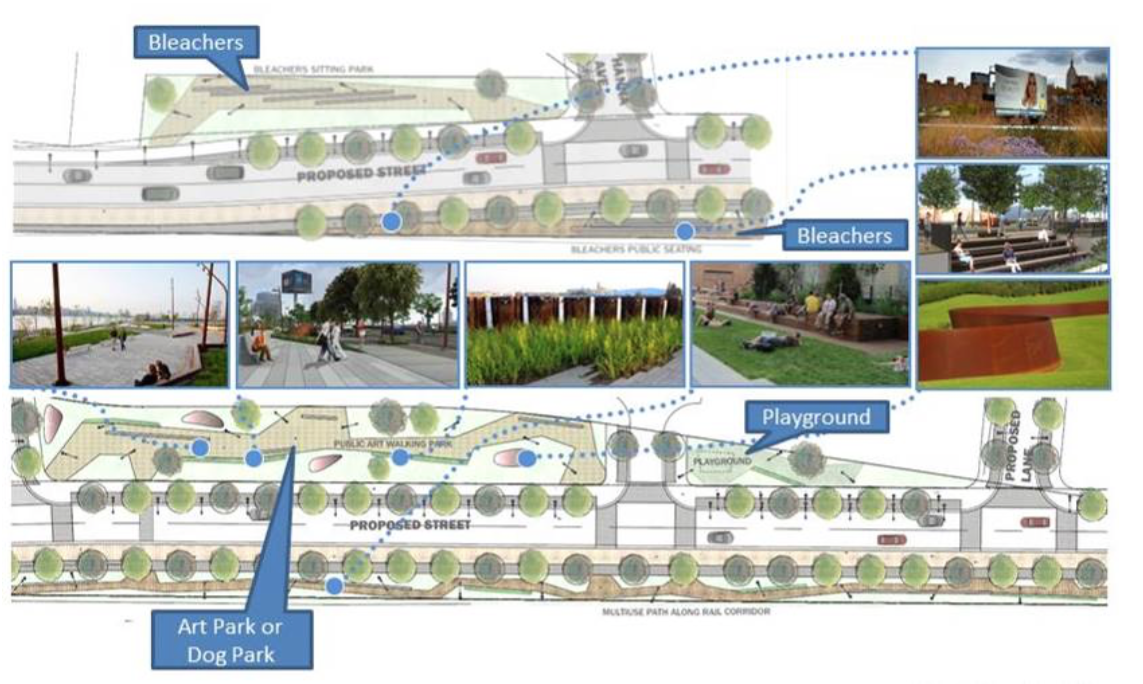ProjectEnd
Superstar
In this case the 'developer' and the 'owner' are one and the same.
Still, with all the guidelines, by-laws, secondary plans, OPs, SASPs, studies, etc., it's not as if it's 'easy density, easy money'. You've really got to fight for every square metre, so it's really no surprise that no one wants to give back at grade out of a sense of charity to the City.
Still, with all the guidelines, by-laws, secondary plans, OPs, SASPs, studies, etc., it's not as if it's 'easy density, easy money'. You've really got to fight for every square metre, so it's really no surprise that no one wants to give back at grade out of a sense of charity to the City.
